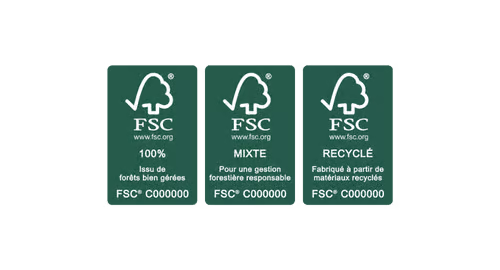I. Introduction
II. What is PLA?
PLA (polylactide) is a bio-based and biodegradable material, considered as an eco-friendly alternative to traditional plastics. It is made from corn starch, which is fermented to produce lactic acid, which is then transformed into polymer.
The process of manufacturing PLA begins with the synthesis of lactic acid by bacteria such as lactobacillus. Lactic acid is then purified and polymerized to form polymer chains, which can be transformed into various products.
One of the main advantages of PLA is that it is biodegradable and compostable, which means that it degrades quickly and does not contribute to environmental pollution. In addition to its use as an eco-friendly alternative to traditional plastics in food packaging, PLA is also used in other areas such as textile manufacturing, medical implants, and automotive parts.
Now that we have an understanding of what PLA is and how it is made, let’s move on to the next section to discuss the advantages and limitations.
III. Advantages of PLA for eco-friendly food packaging
PLA has many advantages as an eco-responsible alternative for food packaging. Here are the features of PLA that make it attractive to environmentally conscious consumers:
- It is biodegradable and compostable in an industrial environment : Unlike traditional plastics that take hundreds of years to decompose, PLA is biodegradable and compostable in an industrial environment. This means that it can be broken down by microorganisms into carbon dioxide, water, and biomass in about 90 days.
- It has many environmental benefits : PLA is a bio-based and renewable material, made from corn, beet, or sugarcane starch, making it a more sustainable alternative to plastics sourced from non-renewable sources such as oil. The production of PLA also requires less energy and produces fewer greenhouse gas emissions than the production of traditional plastics.
- It can have multiple uses : PLA is used for the manufacture of cups, boxes for home-delivered meals, cutlery, straws, etc. By using PLA products, consumers can contribute to reducing their carbon footprint by opting for a more sustainable alternative to plastic food packaging.
Therefore, PLA is an eco-friendly option for food packaging, offering significant environmental advantages over traditional plastics. In the next section, we will explore the limitations and challenges that PLA still needs to overcome to become a viable alternative.
IV. Limitations of PLA for eco-friendly food packaging
Despite its numerous advantages, PLA also has some limitations for its use as an eco-friendly food packaging material:
- It has lower heat resistance : PLA has low heat resistance, which limits its use for hot foods. When exposed to high temperatures, PLA can deform, soften, or break, which can cause packaging integrity issues. This limits the possible applications of PLA for hot foods such as soups, ready meals, etc.
- It is compostable in industrial settings but not at home : Although PLA is compostable in industrial settings, it cannot be composted at home. Home composting does not maintain the necessary conditions for PLA to degrade properly. This can lead to confusion for consumers and poor waste management, as PLA may be thrown in household compost bins and contaminate other waste.
- The situation of the PLA treatment industry : The PLA treatment industry is still underdeveloped, which can pose waste management issues. PLA cannot be recycled with other plastics and must be treated separately. This can lead to additional costs for local authorities and businesses that need to manage these specific waste types.
In summary, PLA has limitations that must be taken into account when using it as an eco-friendly food packaging material. However, solutions are being developed to address these limitations and improve the sustainability and efficiency.
V. Conclusion
In conclusion, PLA is a bio-based material made from corn starch that has many advantages for eco-friendly food packaging. PLA is biodegradable and compostable in industrial settings, making it an interesting alternative to traditional plastic packaging. Examples of PLA usage for food packaging are numerous, ranging from cups to meal delivery boxes, cutlery, and straws.
However, PLA also has some limitations for food packaging. Its low heat resistance limits its use for hot foods, and the fact that it is compostable in industrial settings but not at home has an impact on waste management. The PLA treatment industry also needs to be developed for this material to be a truly sustainable alternative.
Despite these limitations, PLA remains an interesting and promising alternative for eco-friendly food packaging, especially for cold or warm products. With the development of new manufacturing and waste treatment techniques, PLA could play an important role in reducing plastic waste and transitioning to a more sustainable circular economy.

